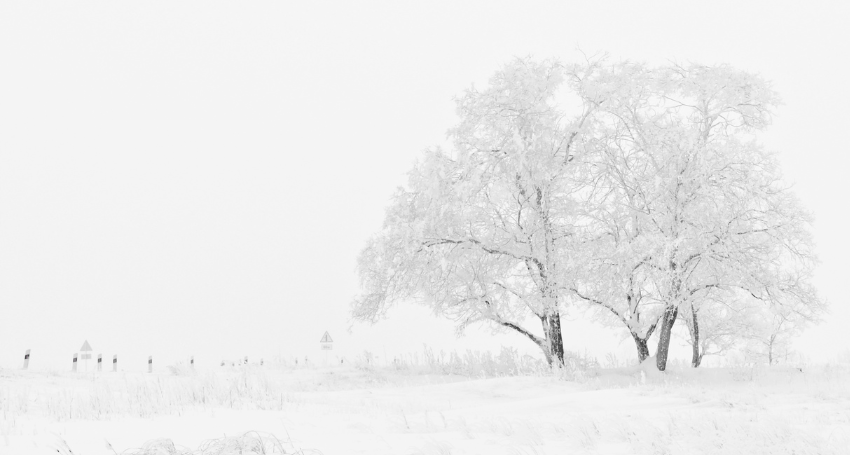Winter in Southern Ohio brings with it the opportunity of snow emergencies, a phenomenon that could significantly affect everyday life. Understanding the sorts of snow emergencies and the way to navigate them is important for citizens and travelers alike.
Define Snow Emergencies
Snow emergencies consult with situations wherein snowfall or ice accumulation reaches a stage that poses risks to public safety and transportation.
Importance of Understanding Snow Emergencies
Understanding snow emergencies is important for staying secure, minimizing disruptions, and correctly managing assets in the course of iciness climate events.
Level 1 Snow Emergencies
Definition: A Level 1 snow emergency shows that roadways are dangerous with blowing and drifting snow.
Actions: Drivers must use caution, power cautiously, and keep away from needless travel.
Level 2 Snow Emergencies
Definition: A Level 2 snow emergency shows that roadways are hazardous with blowing and drifting snow.
Actions: Only folks who sense it’s far essential to power have to be at the roads, and they should use extreme warning.
Level three Snow Emergencies
Definition: A Level 3 snow emergency shows that all roadways are closed to non-emergency employees.
Actions: Only emergency cars should be on the roads, and people need to comply with journey restrictions.
Signs of Impending Snow Emergencies
Weather Forecasts: Monitoring climate forecasts for snowfall predictions and advisories.
Road Conditions: Observing street situations for signs of dangerous driving situations.
Weather Patterns
Snowfall: Heavy blizzards can quickly accumulate and create risky driving conditions.
Freezing Rain: Freezing rain can create icy street surfaces, growing the threat of injuries.
Topographical Factors
Elevation: Higher elevations are more at risk of heavy snowfall and drifting.
Human Factors
Driving Behavior: Reckless using or insufficient instruction can contribute to injuries and road closures in the course of snow emergencies.
Road Condition Reports
Local Authorities: Monitoring updates from nearby authorities regarding road closures and situations.
Traffic Cameras: Viewing live traffic digicam feeds to assess modern street conditions.
Weather Monitoring
Weather Apps: Utilizing climate apps to song snowfall costs, temperatures, and wind speeds.
Road Maintenance
Plowing: Municipalities deploy snowplows to clear roadways and improve driving conditions.
Salt and Sand: Salt and sand unfold on roads to soften ice and improve traction.
Preparedness
Emergency Kits: Assembling emergency kits for cars with essentials consisting of blankets, food, and water.
Winter Tires: Installing iciness tires for stepped forward traction in snowy conditions.
Coping with Snow Emergencies
Mary’s Story: Mary shares her enjoyment navigating a Level 3 snow emergency and the importance of training.
John’s Commute: John discusses how he adjusted his shuttle during a Level 2 snow emergency to make certain safety.
Advice from Meteorologists
Dr. Smith: “It’s vital to heed snow emergency advisories and avoid unnecessary travel in the course of risky situations.”
Conclusion
Understanding snow emergencies in Southern Ohio is critical for staying secure and minimizing disruptions all through icy weather activities. By familiarizing oneself with the distinct degrees of snow emergencies, recognizing signs, and taking preventive measures, individuals can efficiently navigate wintry weather conditions.
